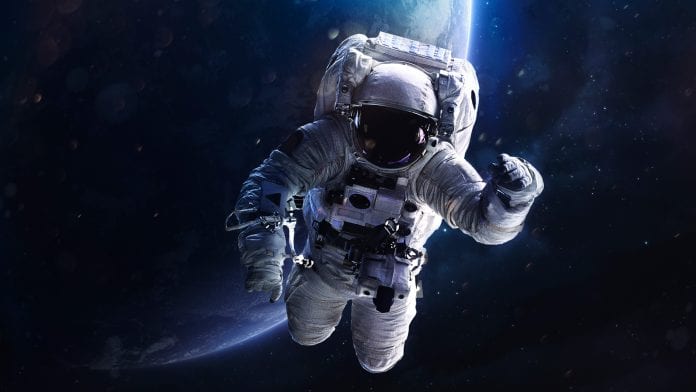
Have you ever wondered about how space alters the mechanics of human muscles? Health Europa Quarterly spoke with Bertrand Fontaine, Director of the Institute of Myology, where we gained an insight into the extensive developments in nervous system research.
At the EIT Health Summit in December 2019, Health Europa Quarterly interviewed Professor of Neurology and Medical and Scientific Director of the Institute of Myology Bertrand Fontaine. Created 20 years ago, the Institute of Myology aims to lead and develop projects in the field of care, training and technology transfer in the field of muscle research. At the summit, we had the opportunity to spotlight a more focused angle with Fontaine, exploring how utilising the atmosphere in space can contribute to muscle research.
Can you give us a brief introduction to neurogenetics?
I am interested in what makes the muscles healthy throughout life, and also during the process of ageing. Ageing has now become a health problem. Up until now, most of the interest regarding neurogenetics was for the diseases that stemmed from this and there were many achievements in this field.
[The challenge] ahead of us is to understand the effect of ageing, and a step towards this is looking specifically at nervous system research and how we can reverse the loss of muscle that is observed during ageing.
What are some of the latest developments in technology and nervous system research?
For me, the most recent advances relate to disease and gene therapy. The possibilities are completely new, as what we were doing before was to essentially identify the target, then use a molecule to put into this target; and then activate a pathway within a set of molecules. But when you activate the pathway you are going to get a lot of modification of the cells, and such modification may lack specificity.
With gene therapies, there are two ways of doing this at the moment: by using nucleotides or viral vectors you are able to modify a lot of details of the functioning of DNA. As a result, you are more precise, and you can then go more deeply into the cause of the disease.
Where do you feel this development can take us in the future?
I believe at the moment the developments that are coming out of academia will go into private companies, as a lot of scientific research currently being conducted require a lot of funding and it is only private companies that will have the money to run all the trials and the regulatory affairs that are necessary to put the research on the market.
Where do you hope to see neurogenetics in five years’ time, and what role do you hope to see the Institute of Myology play in this?
There are still many diseases to discover: by this I mean the ultra-rare diseases. Now we enter an era where genes are going to be important to understand in terms of the muscle performance; so [we are] exploring aspects such as whether genes are going to affect the way in which muscles perform and whether this is going to decrease in volume during ageing.
Specifically, if you look at space research, it is important to understand that when astronauts are involved in space journeys they are inevitably going to lose muscle and bone mass, just like people who lose muscle and bone through the ageing process. The modification of the immune response, once it is done, is very interesting.
My current research interest is focused on addressing to a certain extent what is common between the loss of muscle during ageing, and the loss of muscle in astronauts. We are trying to see what is different, and what is currently being covered; that may then give us a target to try to prevent muscle loss during ageing. I believe that is why space studies are important to conduct, as we can get a better understanding of what mechanically happens in space to the human nervous system and body.
Where do you hope to see space medicine in five years’ time?
There are two challenges. One is not for us directly, which is the question is of how men can live in space generally speaking, [in order] to go and explore the solar system. That is interesting, but not necessarily what we are doing. What we want is to see exactly is what we can learn from the experiments that will be done in space and all the data that will be collected, and we can then translate that into human health.
I think that is what is important at this point – that there is good collaboration between academics and private practices. This is because to go to market, you have to have collaborations.
Bertrand Fontaine
Medical and Scientific Director
Institute of Myology
Please note, this article will appear in issue 12 of Health Europa Quarterly, which will be available to read in February 2020.
























